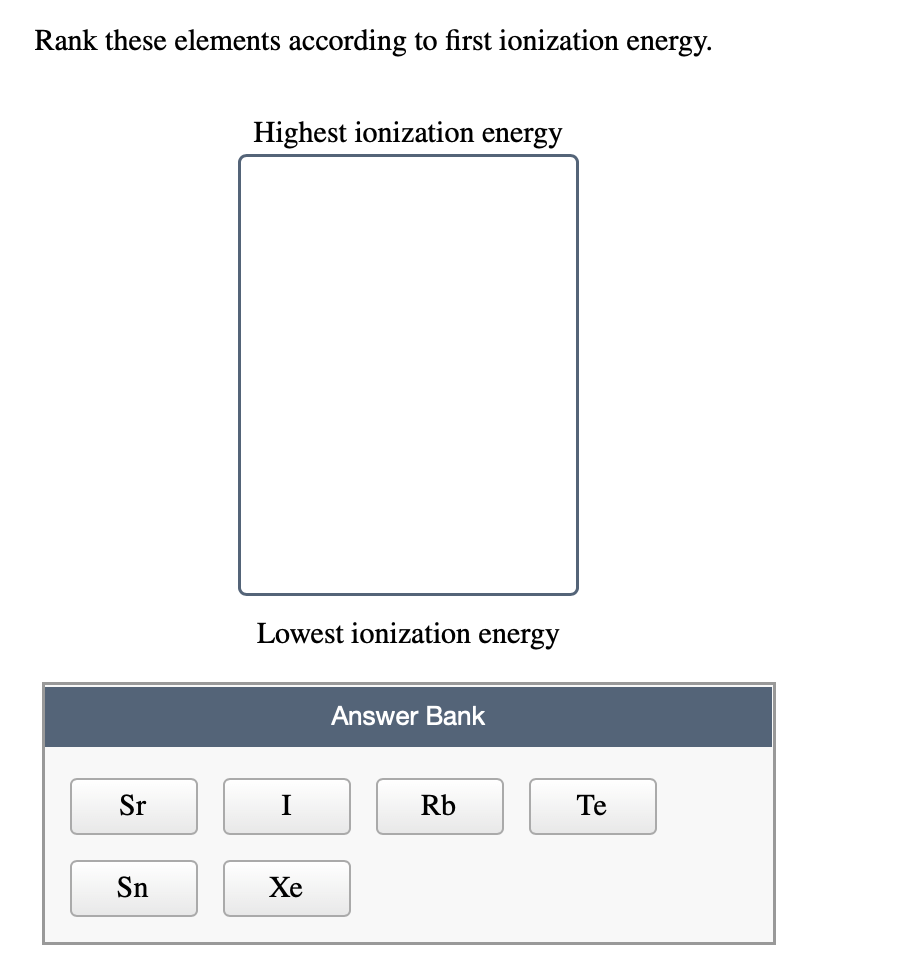

They don't want no one, they don't want their electronĬonfigurations messed with. Well, if we go here to the Noble Gases, the Noble Gases we'veĪlready talked about. Now, what happens as we move to the right of the periodic table? In fact, let's go all the way to the right on the periodic table. So, when I say low, I'm talkingĪbout low ionization energy. Required to remove electrons from your Alkali Metals is very low. The ionization energy right over here, the energy Lithium, if you remove an electron, it would get to Helium and it would have two electrons in its outer shell. Sodium, Potassium, etc., etc., if you take an electron away from them then their outermost shell, well, all of them in their outermost shell they're going to have theĮlectron configuration of the noble gas before it and for Sodium on down that outer shell is going to have that perfect eight. It has two outer electronsĪnd that's kind of, we typically talk about the Octet Rule but if we're talking aboutĬharacters like Lithium or Helium they're happy with two 'cause you can only put two electrons So, if Lithium loses an electron then it has an outer shellĮlectron configuration of Helium. Why? Because if they lose an electron they get to the electron configuration of the noble gas before it. If we look at the Alkali, if we look at the Alkali metals here we've already talked about the fact that these are very willing So, for example, if we were to focus on, especially we could look at group one, and we've already talkedĪbout how Hydrogen's a bit of a special case in group one but if we look atĮverything below Hydrogen. Little bit of background on the different groups So, it could've even beenĬalled cationization energy because you really seeĮnergy required to remove an electron and make the And this is defined, this is defined as the energy required, energy required to remove an electron, And to think about that, we'll introduce an idea called ionization energy. Hard it will be ionize different elements in the periodic table. So, with that out of the way, let's think about how We've negating, you can somehow think we are negating the ion. And the way that I remember this is a kind of means the opposite It's gonna have a negativeĬharge of negative one, and a negative ion we call an anion. So, Fluorine gains an electron, it's going to have a negative charge. Cation, once again, justĪnother word positive ion. Than the number of electrons, we call these cations, cations. More than our electrons, the number of protons are more And so, when we talk aboutĪ positive ion like this where our protons are One of those electrons away then Hydrogen would have a positive charge and essentially it would just be, in its most common isotope it would just be a proton by itself. For example, for example, if you just had Hydrogen in it's neutral state has one proton and one electron, but if you were to take Ions if the number of electrons are greater Of electrons, protons, or positive electrons or negative. Ions if the protons are more than the number If the number of protons does not equal the number of electrons.

A molecule's just a bunch of, a bunch of atoms bonded together. If your number of, number of protons, and this is for an atom or molecule. What you're gonna get your charge from are your protons or electrons.

Neutrons are obviouslyĪlso constituent of atoms but neutrons are neutral. It'll have charge if the protons are not equal to the electrons. So, an ion is just an atom or a molecule that has charge and In particular how hard it is to make something a positive ion. Let's talk about what it isĪnd then we'll talk about trends in the periodic table on, on I guess how hard it is

(g) + e^- \nonumber \]Įach successive IE is larger than the previous because an electron is being removed from an atom with a progressively larger positive charge.Talk a little bit about a word you might have


 0 kommentar(er)
0 kommentar(er)
